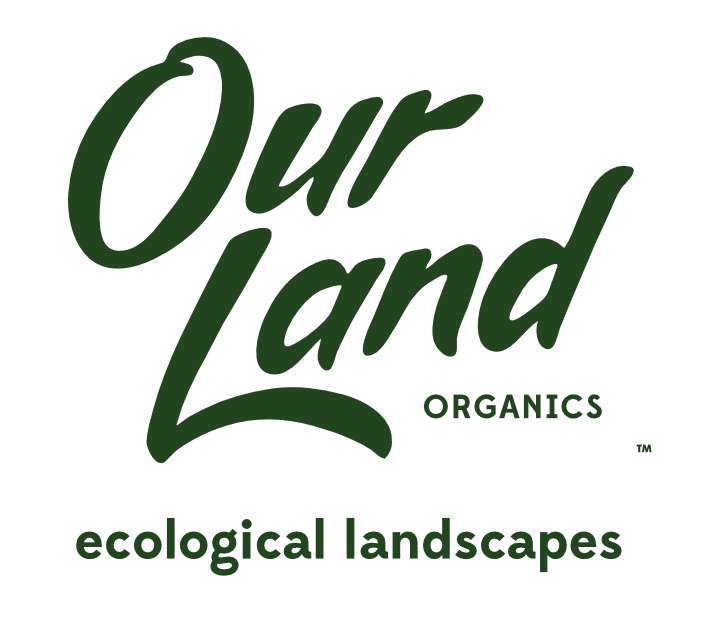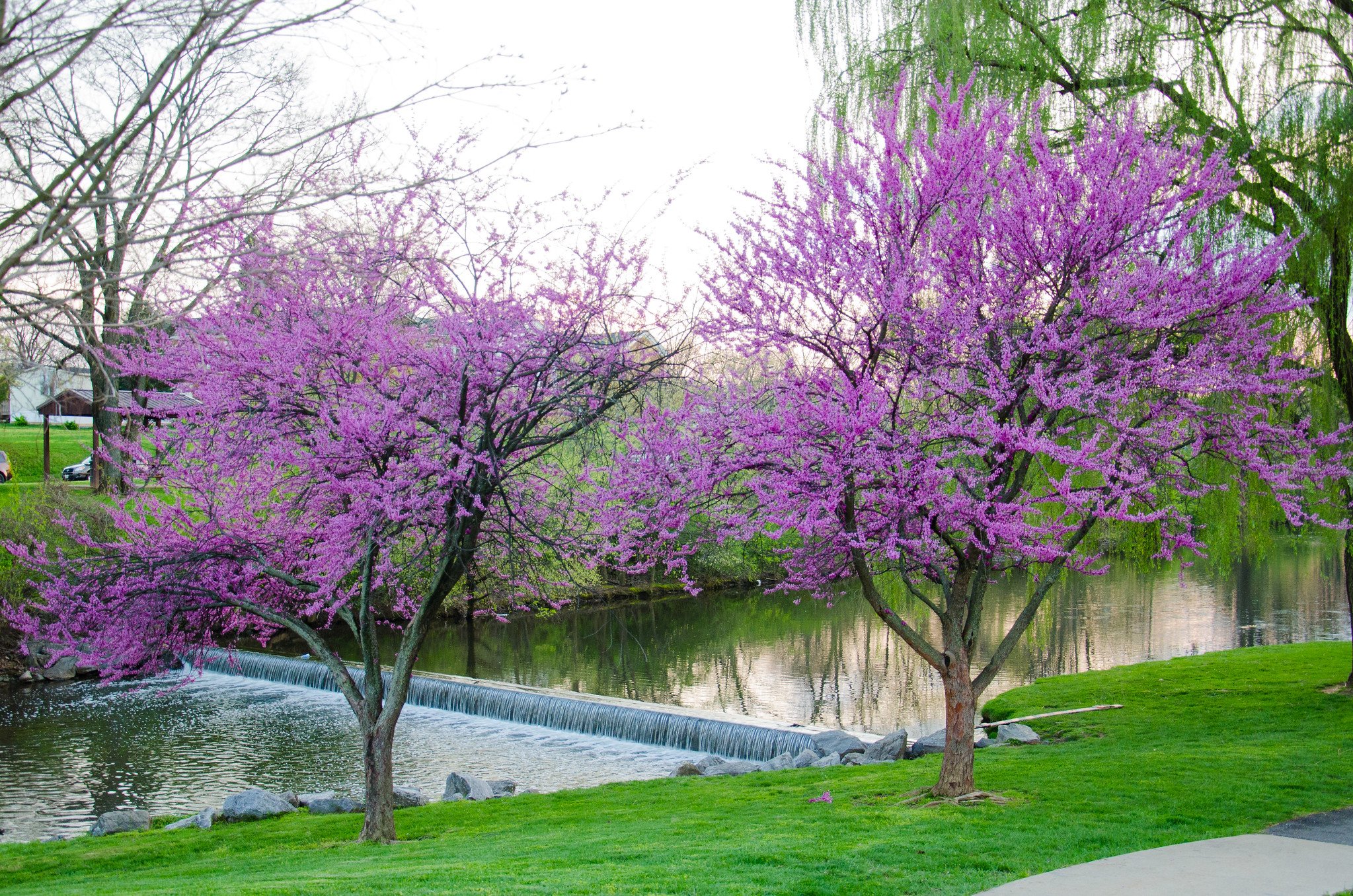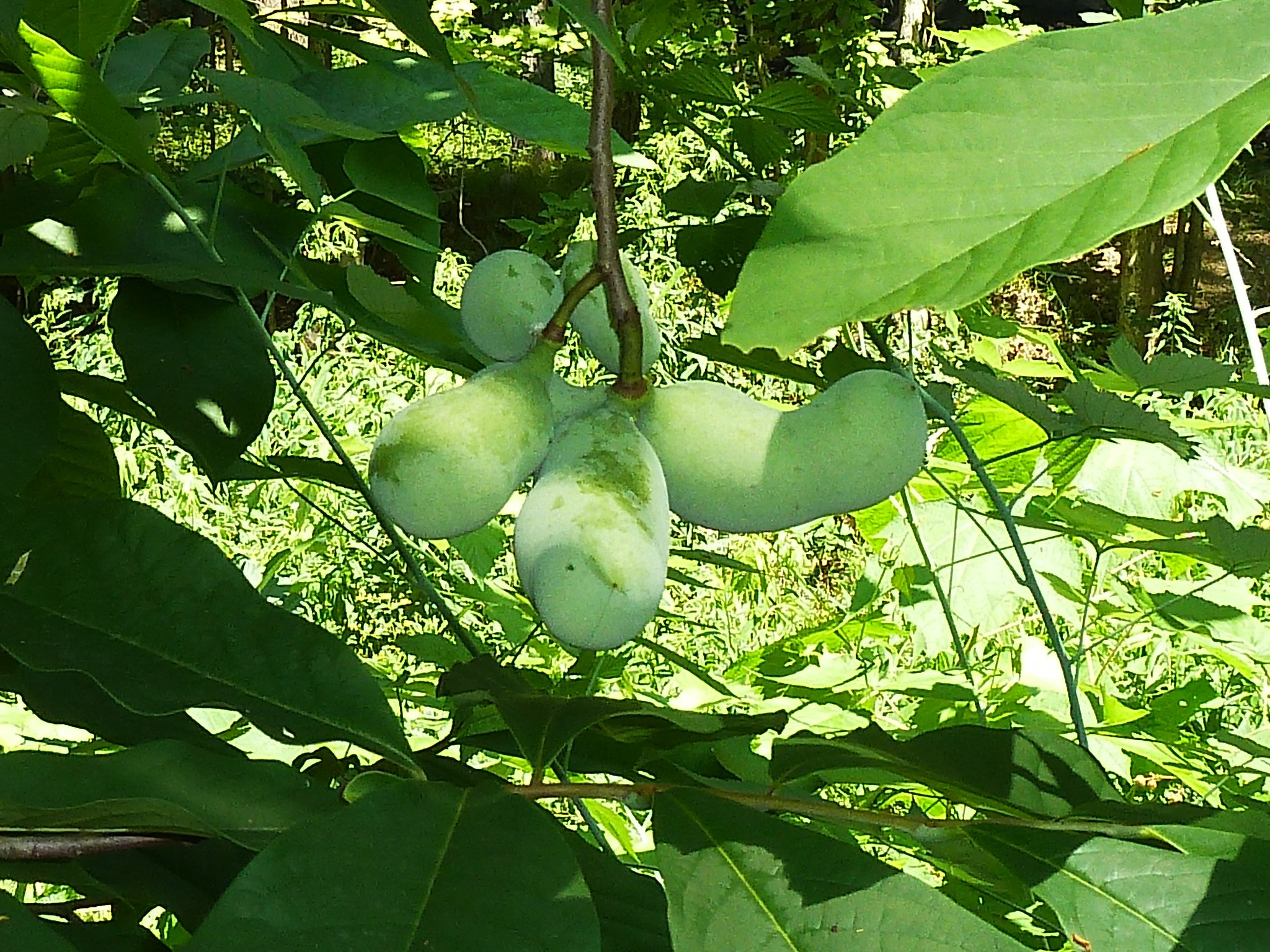Bush Honeysuckle is a commonplace feature in many Cincinnati yards — and that’s bad news for our ecosystems and our landscapes.
If you’re interested in learning more about how this incredibly invasive plant made its way to the Ohio Valley Region, as well as its impact on native plants and insects, you can revisit our earlier blog post about Bush Honeysuckle.
For many people with a backyard full of honeysuckle—even those committed to native plants, birds, and pollinators—removing Bush Honeysuckle can be a daunting prospect. Because honeysuckle grows so aggressively and out-competes other understory plants, forested areas sometimes can be left looking bare and exposed immediately after a honeysuckle removal project.
Some homeowners are eager to remove honeysuckle from their property but are worried about losing privacy, or they’re simply unsure what to do about the open space they’ll be left with after removal.
Invasive bush honeysuckle crowds out native plants, harming forest ecosystems
Thoroughly thinking through the impacts of our work is a big part of our process at Our Land Organics. Below, we’ve compiled a list of native alternatives to Bush Honeysuckle to make the transition to a native, invasive-free landscape as smooth as possible.
Native Understory Shrubs and Trees: Bush Honeysuckle Alternatives
For those looking to restore their woodland areas, these native understory trees and shrubs will suit any landscape while bringing life back to native ecosystems, all without a loss of privacy.
Arrowwod Viburnum in bloom. Photo credit: F. D. Richards
Arrowwood Viburnum
Viburnum will create a dense hedge and has a gorgeous fall color. Birds happily feed on its blue berries.
There are a number of native Viburnums, even a few semi-evergreen varieties that create dense, quickly growing screens. They also serve as a host plant to more than 100 species of moths and butterflies.
Staghorn Sumac offers striking winter interest. Photo credit: robin_ottawa
Staghorn Sumac
Staghorn Sumac is a deciduous shrub that helps create privacy while revitalizing forest ecosystems. It’s an excellent food source for birds. A stand of Staghorn Sumac provides any winter landscape with a pop of color and visual texture. Staghorn Sumac also thrives in poor soils and on hillsides, making it a great candidate for new construction sites or sites in need of soil rehabilitation.
The unique pinkish-white foliage of the Bottlebrush Buckeye stands out in any landscape. Photo credit: Wendy Cutler
Bottlebrush Buckeye
Like Staghorn Sumac, Bottlebrush Buckeye is a deciduous native shrub that offers privacy while supporting forest ecosystems. It’s also a fantastic food source for birds, and its unique, bottlebrush-shaped blooms stand out in any landscape.
The Redbud’s gorgeous pink foliage makes for a beautiful addition to spring landscapes. Photo credit: Mike Procario
Redbud
Redbuds are native understory trees that offer a gorgeous alternative to honeysuckle. A Redbud tree can happily function as a single specimen tree or focal point in a landscape. Or it can blend more seamlessly into a forested landscape, providing one of the first flushes of color in early spring.
A closeup on Pawpapws’ nutrient-dense fruits, which are edible for both wildlife and humans. Photo credit: Forest Farming







